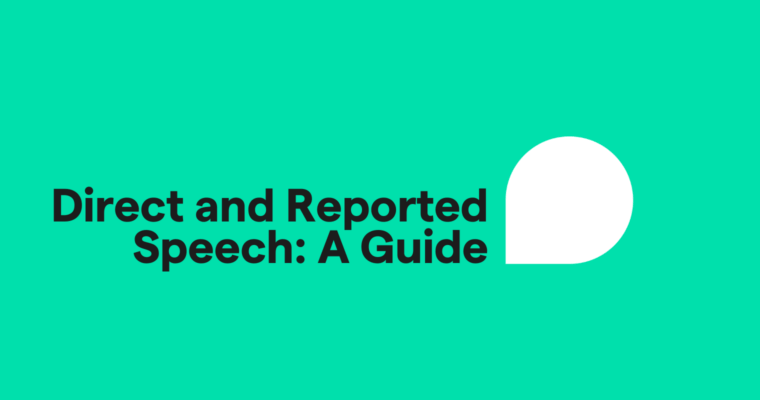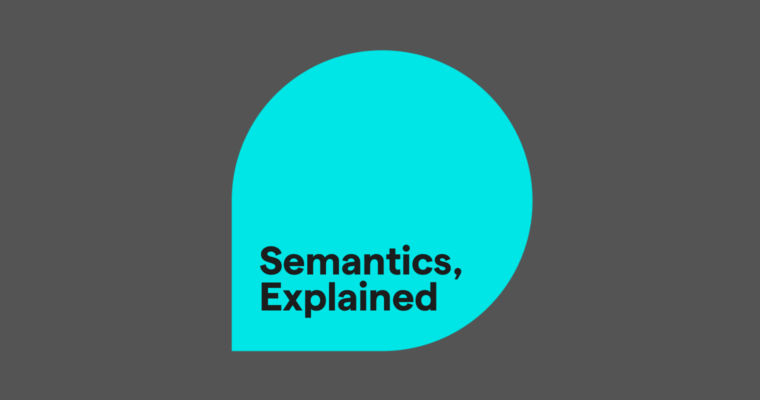
Negatives like not or never are words that change the meaning of a word or sentence to show it’s untrue or not happening. They usually show an absence, a contradiction, or a denial.
Double negatives are a common grammar mistake in which the two negative words cancel each other out. The meaning is negated twice, which technically returns the statement to its original positive form—and in the process, creates confusion about the intended meaning.
Below, we discuss negative words and how to use them. We’ll also cover double negatives and explain how to avoid them with a few double negative examples. But let’s start with the question: What is negation?
What is negation in grammar?
In grammar, negation is when certain words or entire sentences are nullified or shown to be untrue by adding a special type of word called a negative. The most common example is the negative adverb not, used with auxiliary verbs like do or be to negate the original meaning of a sentence.
I like the new TikTok update.
I do not like the new TikTok update.
These two sentences have completely opposite meanings, even though most of the words are the same. The main difference is the word not (and its necessary partner do), which reverses the entire meaning.
Negative word examples
Negative adverbs
- not
- never
- neither
- neither/nor
- barely
- hardly
- scarcely
- seldom
- rarely
Negative determiners
- no
- neither
Negative pronouns
- neither
- nothing
- none
- no one
- nobody
- nowhere
How are negatives used in sentences?
In general, a negative word comes before the word it negates. So if you want to negate the verb like, you put the negative adverb not or never in front of it.
I never liked waking up early.
Remember to use the right type of negative to modify the word you want. Negative adverbs negate verbs, adjectives, and other adverbs, but to negate a noun you need a determiner like no or neither. Negative pronouns like nothing or no one are already negated and don’t need any additional negatives.
The word not has special rules, though. If the verb of the sentence is be, you put not in front of the predicate noun or predicate adjective (explained in our guide to linking verbs). Usually, this means placing not after be.
You are not the boss of me!
She was not ready for life after college.
If the sentence uses the auxiliary verb have, as with all of the perfect tenses, place not directly after the conjugated form of have and before the main verb participle.
[conjugated have] + not + [participle]
They have not seen the movie.
He has not been practicing enough for the championship.
Be careful not to confuse the auxiliary verb have with the action verb have. The action verb have uses do, just like the other action verbs, explained below.
They do not have time to see the movie.
If the sentence uses a modal verb, like should, must, or can, place not after the modal verb and before the main verb. Don’t forget that, with modal verbs, the main verb uses the bare infinitive form (without to).
[modal verb] + not + [bare infinitive of main verb]
He cannot swim.
You should not eat food off the floor.
For all other verbs, you must use the auxiliary verb do. In this construction, only do is conjugated, and the main verb uses the bare infinitive form (without to).
[conjugated do] + not + [bare infinitive of main verb]
He does not leave the house.
They did not study last night.
This includes sentences that use do as an action verb.
I did not do my homework.
Before we continue, remember that the word not is commonly used in contractions. In spoken English especially, contractions are quite common. If you ever see -n’t at the end of a word, it means not.
They didn’t study last night.
With questions, the subject and the verb are switched. In this case, do and not come before the subject, and the bare infinitive of the main verb comes after.
[conjugated do] + not + [subject] + [bare infinitive of main verb]
Didn’t they study last night?
Using not with an adjective is much simpler. Typically, when using not with adjectives, we use the verb be and place not before the predicate adjective. If you place not in front of an adjective that’s already in front of a noun, it sounds weird.
To negate a noun, you can simply put the determiner no in front of it.
The desert has no water.
No cars can use this road.
However, you should avoid using the determiner no in front of pronouns.
Negative pronouns don’t have any particular rules about how to use them—except to avoid double negatives, which we explain below.
No one is safe from taxes.
They gave us nothing but trouble.
How do you use neither/nor?
The pair neither/nor acts as a negative correlative conjunction to connect two or more parts in a series. It’s the negative version of the pair either/or and is used the same way.
Using neither/nor can make communication more efficient. Instead of saying something like this:
Hansel was not good with directions, and his sister Gretel was also not good with directions.
Adding neither/nor can shorten it to this:
Neither Hansel nor his sister Gretel was good with directions.
When using neither/nor, you do not need the word not because the pair is already negative.
You can use neither/nor to connect nouns, verbs, clauses, adverbs, adjectives, and phrases. However, you must always use parallelism with neither/nor, which means if you use neither with a noun, then nor must also be used with a noun, and so on.
This example is wrong because neither/nor connects an adjective and a verb. We need to make both parts verbs for parallelism.
Moreover, you can use neither/nor with any number of parts. Simply add nor before each new part in the sequence (neither is used only once at the beginning).
Neither Sleepy nor Happy nor Grumpy nor Bashful nor Sneezy nor Dopey nor Doc knew how to wake up Snow White.
There are also some important rules about subject-verb agreement when using neither/nor as the subject of a sentence.
If all parts of the neither/nor construction are singular, treat the entire subject as singular.
Neither Hansel nor Gretel was hungry for candy anymore.
If one of the parts of the neither/nor construction is plural, the verb should match the final part in the series.
Neither TV nor movies are easy to make.
Neither movies nor TV is easy to make.
How do you use neither without nor?
Although commonly used as part of a pair, the word neither can still be used on its own as a determiner, adverb, or pronoun.
As a determiner, neither comes before a noun to mean “not this one or the others.”
Neither restaurant seems clean.
The word neither always implies there is a second part. So the example above suggests the speaker is talking about not one but two restaurants.
As an adverb, neither affects verbs to show that a negative statement also applies to someone or something else.
I don’t eat meat and neither does my boyfriend.
As a pronoun, neither can replace nouns that were previously mentioned.
I planted two tomato seeds, but neither grew.
Just remember that neither is always negative, so you can’t use it for positive statements.
What is a double negative?
One of the most common mistakes in English is the use of double negatives. While double negatives might make sense in some languages, you shouldn’t use two negatives in the same clause in English.
Think about it logically; if one negative changes the meaning of a word or sentence, then a second negative would change the meaning back to its original state. It’s a negation of the negation. Essentially, a double negative creates a positive and can muddle the meaning of a sentence in the process.
Let’s look at a double negative example:
This sentence really means “I have money.” If you want to talk about a lack of money, use only one of the two negatives.
Double negation is especially problematic for negative adverbs like hardly, seldom, barely, scarcely, and rarely. These words are often used incorrectly with negatives, which changes their meaning completely.
If you’re using negative pronouns, double negation is easier to fix. Negative pronouns all have positive counterparts, so you can fix double negatives by using a positive alternative instead.
| Negative pronoun | Positive counterpart |
| nothing | anything, everything |
| no one | anyone, everyone |
| nobody | anybody, everybody |
| nowhere | anywhere, everywhere |
| none | all |
| neither | either |
However, words with negative prefixes, like unnecessary or misinformation, can still be used with negatives. Just be careful that your meaning is clear—it’s easy to get confused.
Nothing is impossible!
Pay attention in math class; it’s not unimportant.
In most cases, it’s best to simply use the positive phrasing for the sake of clarity.
Anything is possible!
Regardless of grammar rules, it’s still common to see double negation used for stylistic purposes, often in pop culture or in informal speech. Even Jane Austen, the beloved English writer, liked to break the rules by using a double negative on purpose to mean a positive.
Still, it’s advisable to avoid double negatives in order to keep your meaning extra-clear to your reader.
Negatives FAQs
What are negatives in grammar?
In grammar, negatives are words like not or never that negate the meaning of other words, sentences or clauses.. The sentences “I eat pineapple pizza” and “I don’t eat pineapple pizza” have completely opposite meanings simply because of the negative word not.
What is negation?
Negation in grammar is using negative words to change the meaning of a word or sentence to show it’s untrue or not happening. Adding a word like not or nothing to a sentence can drastically alter what it means.
What are double negatives?
Double negatives are a common mistake in English grammar where two negatives are used in the same clause. The first negative changes the meaning, but the second negative changes it back again, returning it to its original meaning. Essentially, double negatives create a positive.





